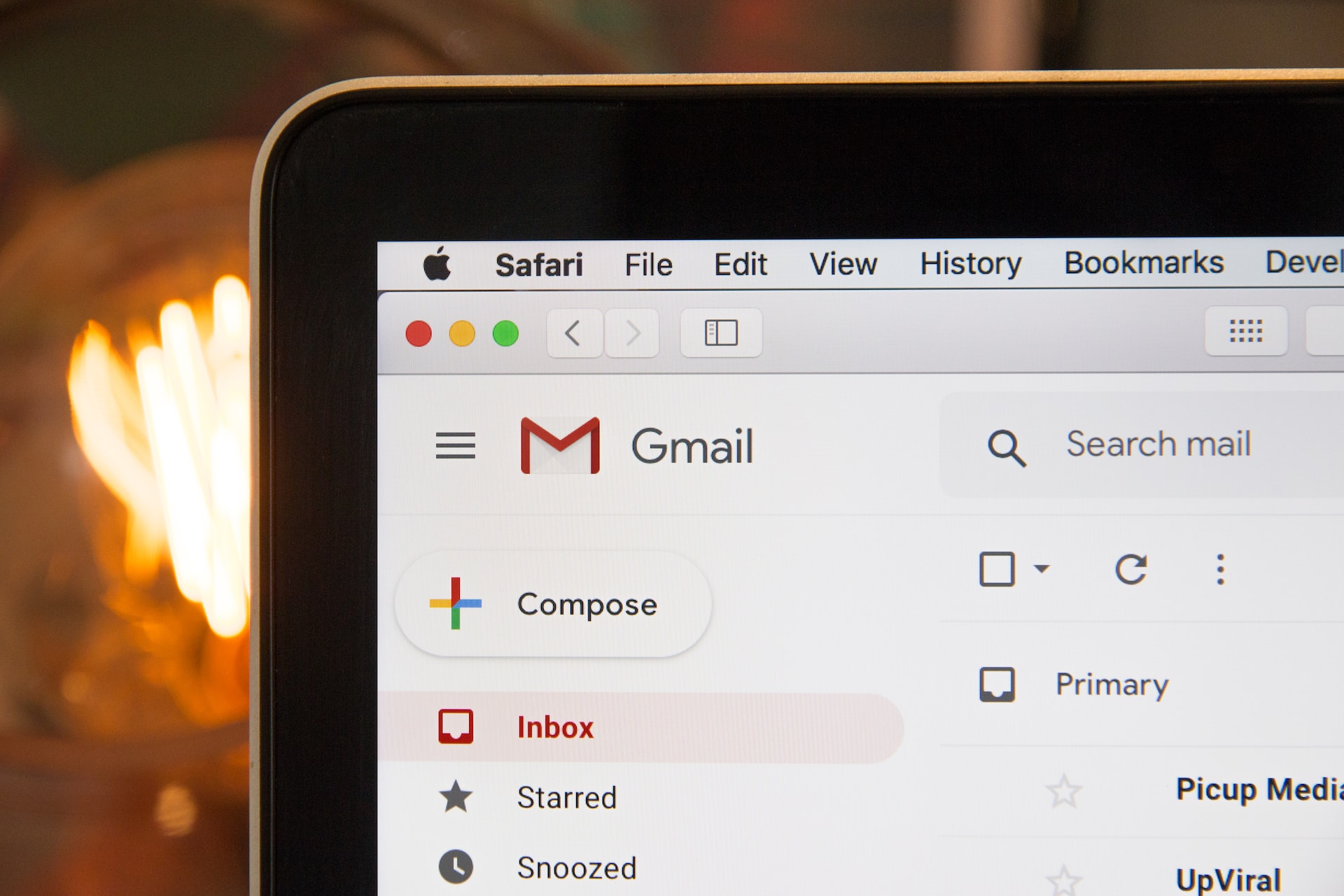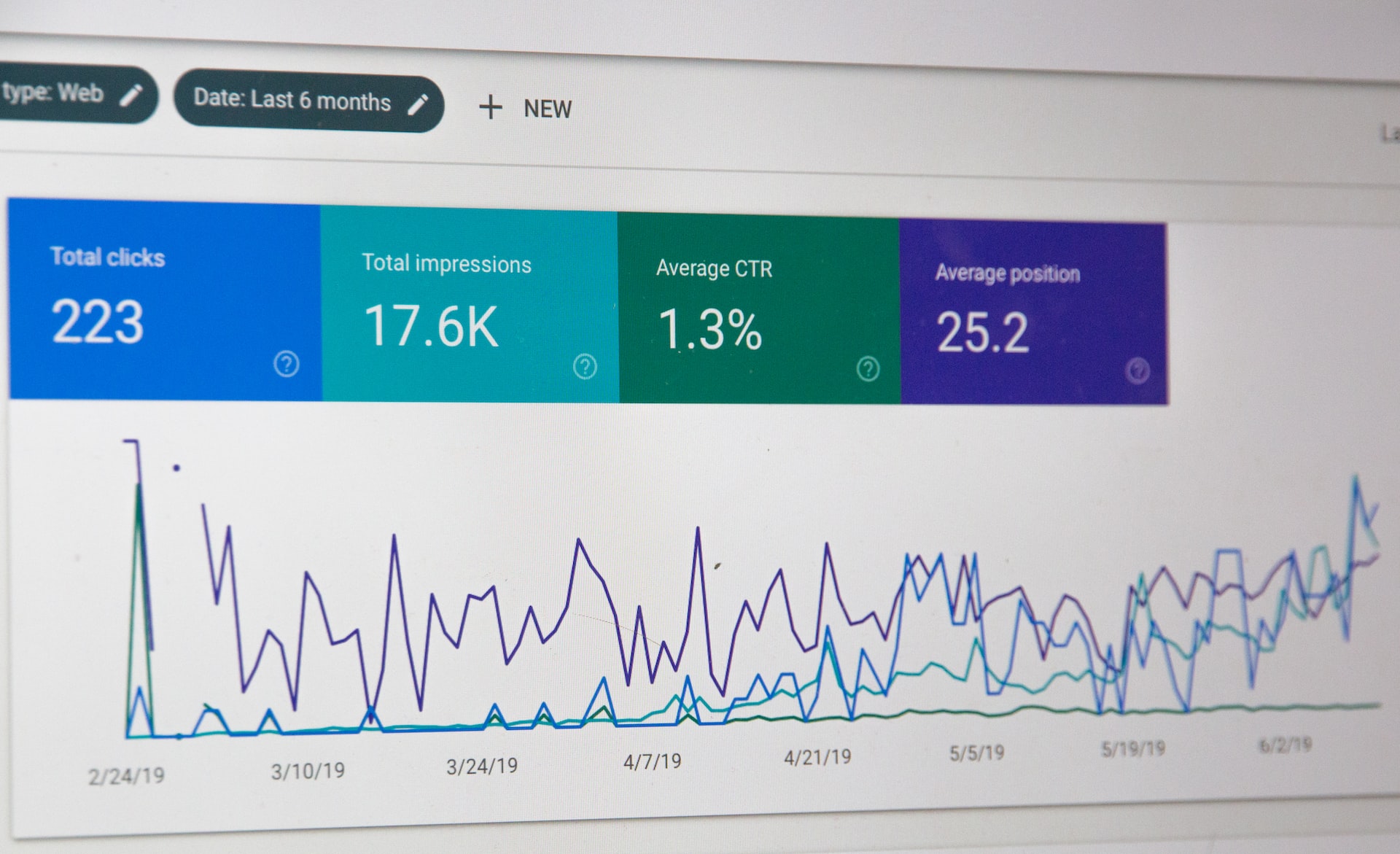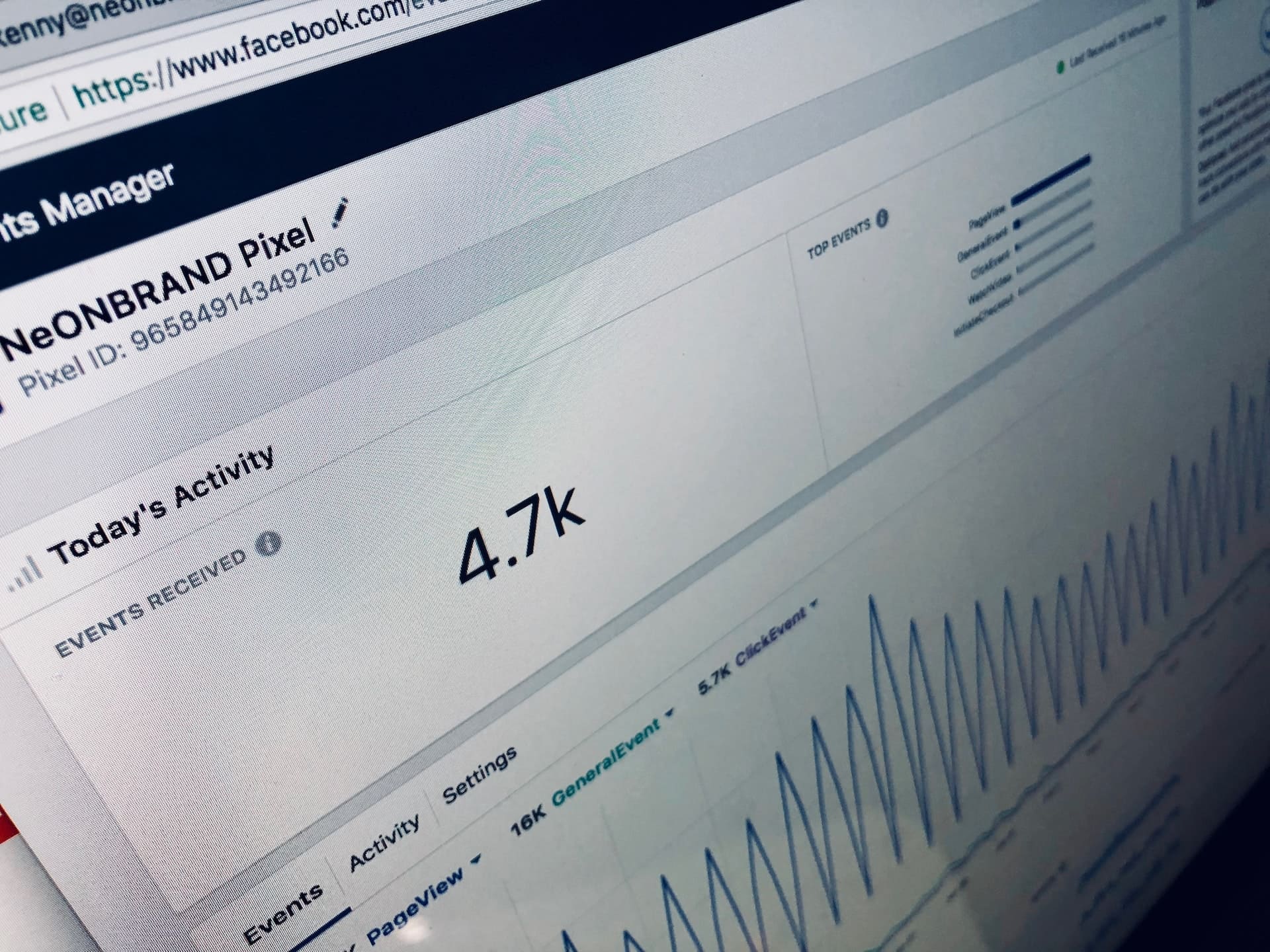As
digital marketing continues to evolve, paid digital advertising has become an increasingly important part of a marketer's toolkit. With digital advertising, marketers can reach potential customers where they are spending their time - online. Whether it's
social media, search engines, or other websites, digital advertising allows marketers to target specific audiences and measure the effectiveness of their campaigns in real-time.
If you're an experienced marketer who has yet to delve into the world of paid digital advertising, it can seem overwhelming at first. But don't worry - with some careful planning and attention to
key metrics, you can develop a successful advertising strategy that can help you reach your business goals.

Get started with digital advertising
Set your budget
Before you get started, it's important to determine how much you can afford to spend on your advertising campaigns. You'll want to consider your
overall marketing budget, your goals for the campaign, and how much you're willing to invest in testing and optimizing your campaigns.
It's important to remember that paid advertising is just one component of your
overall marketing strategy. You'll want to allocate your budget appropriately to ensure that you're not overspending on advertising at the expense of other important marketing initiatives.
Determine your creative strategy
The success of your digital advertising campaigns will largely depend on the quality of your creative. That means you'll need to develop a plan for the types of ads you'll create, including the ad format (e.g. display ads, search ads, social media ads), ad copy, and visuals.
When it comes to ad copy, you'll want to keep it concise and compelling. Use language that resonates with your target audience and highlights the benefits of your product or service. For visuals, choose high-quality images or video that capture attention and accurately represent your brand.
Identify your placement strategy
Once you've determined your creative strategy, you'll need to decide where your ads will be placed. Depending on your target audience and campaign goals, you may want to consider advertising on social media platforms like
TikTok, Instagram, or
Twitter. Alternatively, you may choose to run search engine ads on Google or Bing.
Consider where your target audience spends their time online and where they're most likely to be receptive to your ads. Be sure to research the targeting options available on each platform to ensure that your ads are reaching the right people.
Set your campaign goals and metrics
Before launching your campaigns, it's important to establish specific goals and metrics to measure success. Are you looking to increase website traffic? Generate leads? Increase sales? Each goal will require a different approach and a different set of metrics to measure progress.
Some key metrics to track include:
Click-through rate (CTR): The percentage of people who click on your ad after seeing it.
Cost per click (CPC): The average cost of each click on your ad.
Cost per acquisition (CPA): The cost of acquiring a new customer through your ad campaign. This is also known as your CAC: customer acquisition cost.
Conversion rate: The percentage of people who take a specific action (e.g. make a purchase, fill out a form) after clicking on your ad.
By tracking these metrics, you can determine the effectiveness of your campaigns and make adjustments as needed to improve performance.

Launch and optimize your campaigns
Once you've set your budget, creative, placement, and goals, it's time to launch your campaigns. Be sure to monitor your campaigns closely, making adjustments as needed to improve performance.
For example, if you notice that your ads aren't generating enough clicks, you may want to experiment with different ad copy or visuals. If your
cost per acquisition is too high, you may need to refine your targeting or adjust your budget.
It's important to remember that paid advertising is an iterative process, and it's unlikely that you'll get it right on the first try. The key is to continually test and optimize your campaigns to improve performance over time.
Sell your advertising strategy to leadership
If you're looking to sell your advertising strategy to marketing leadership, there are a few key points to keep in mind. First, you'll want to highlight the potential ROI of paid digital advertising. By reaching a highly targeted audience and measuring the results in real-time, you can potentially generate a high return on investment for your campaigns.
Finally, be sure to emphasize the importance of tracking and measuring your results. By setting specific goals and tracking key metrics, you can continually optimize your campaigns to improve performance and generate better results over time.
Digital advertising can be a highly effective way to reach your target audience and achieve your marketing goals. By setting a budget, developing a creative and placement strategy, and tracking key metrics, you can create campaigns that generate a high return on investment and help you achieve your business objectives. With a little planning and testing, you can develop a successful paid advertising strategy that can take your marketing efforts to the next level.






